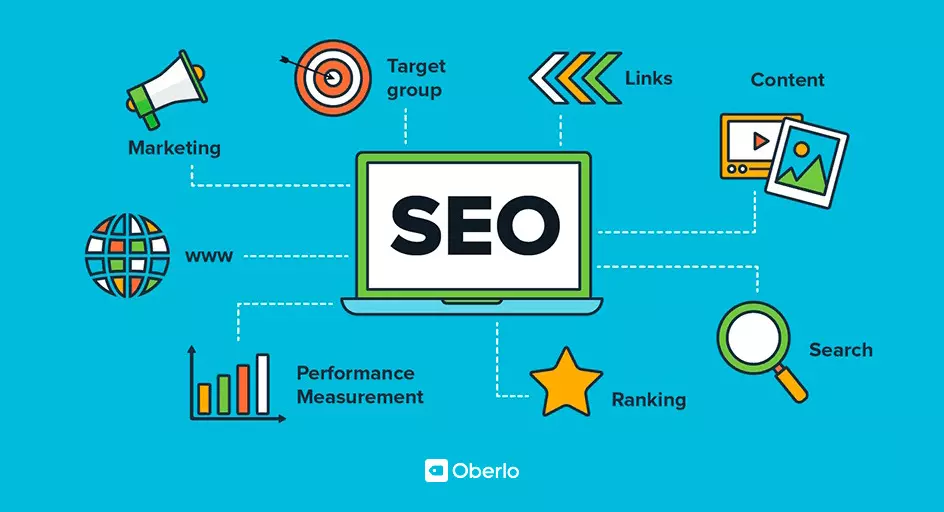Unlocking Image Potential: Strategies for Search Engine Visibility and Branding Success
image for illustrative purpose

Images play a vital role in a brand's success. They help companies create brand awareness and communicate messages more effectively. Today, pictures have become more valuable when businesses capitalize on their online presence.
Now, images could significantly benefit brands in increasing their online visibility. Visuals can help gain top positions in search results that ultimately boost organic traffic. However, you must optimize images for search engines to get the most out of images.
Well, how would you align your pictures with search engines’ requirements? Don’t Know? Let us make it easy for you. We have crafted this guide covering multiple image optimization strategies for your convenience. So, thoroughly review this entire article to familiarize yourself with all helpful practices. Ready to get started? Let’s roll.
Always Use HD Pictures
High-quality pictures enhance the user experience, which is an essential ranking factor. When visitors encounter sharp, high-detail pictures, they are more likely to engage with them, increasing their time spent on your site.
However, sometimes, you have to strive to find a high-definition version of a picture. In this situation, reverse image search comes in to help you. Image search provides highly similar visuals of an image with varying quality and formats.
By performing a reverse photo lookup, you can easily discover a more qualitative variant of an image. Once you get the desired quality of an image, it is ready to be uploaded to the site.
Write Descriptive Alt Tags
Search engines don’t visually interpret images that you upload on your site. Rather, they rely on text briefs to understand the context and purpose of images. Alt tags are those textual descriptions that help search engines comprehend what is in the picture.
Search engines don’t show your pictures in search results if you ignore alt tags or provide wrong information. Therefore, write comprehensive alt tags so the pictures can be indexed and displayed in SERP.
Describe the picture properly so search engines don’t face any problems recognizing it. Writing descriptive alt tags increases the chances for the pictures to be featured on top results.
Use Appropriate File Names
The picture file name also provides valuable details about an image to search engines. Properly named pictures are more likely to be shown on search results than pictures with poor names.
If you source images from stock platforms or create them yourself, avoid saving them with dreadful names. Rather, save every picture with a proper name that describes it best. When naming a file, use hyphens between words to let search engines read the text easily.
For example, writing “white glass plate” is more appropriate and descriptive than simply typing “plate.” Another thing to remember regarding this is not to write long names. Rather, save an image file with a short and easy-to-understand name.
Choose The Right Format
When uploading images to your site, it is important to check what formats they have. Because the improper format may cause images to blur and load slowly, choose the right format that contributes to fastening the image load speed and showing images clearly.
Moreover, some formats are not supported by search engines. So, make sure that you select the format that is mostly accepted. Usually, JPEG, PNG, WebP, SVG, BMP, and GIF are the most common formats nearly every search engine indexes correctly.
The format you select depends on the visuals you will upload on the site. For example, PNG is best for product images, and JPEG is right for blog banners.
Reduce Image Size
Image size directly affects site visibility. The presence of large pictures on a site lowers its load speed, which ruins the user experience. The less user-friendly your site is, the less it gets featured in search results, resulting in low online visibility.
Therefore, compress the image size so it doesn’t impact the site speed. Many online tools are available that allow you to reduce the image size. However, many of them distort picture quality while compressing an image.
So, avoid using such tools and discover the ones that don’t influence the quality of the picture. After compressing the size, you can use the picture on your site without fear.
Create An Image Sitemap
Sometimes, search engines may not index certain images on your site due to some technical reasons. Unindexed pictures don’t appear in search results, which reduces site visibility.
You can overcome this issue by creating an image sitemap. When you create and submit a picture sitemap, search engines responsibly crawl and index all the pictures present on your site. Resultantly, the chances of your site’s picture being displayed in results increases.
Once all the pictures are indexed, they appear in text-based searches and visual search results. That’s how an image site map helps you catch more eyes for your brand.
To Sum Up
Pictures can help you take your brand visibility to new heights. They can be a source of driving organic traffic and valuable leads. However, images can only benefit if used correctly. Above, we have discussed some proven ways to make the best possible use of pictures to enhance online visibility. After reading them, we hope you can now optimize images for search engines.


